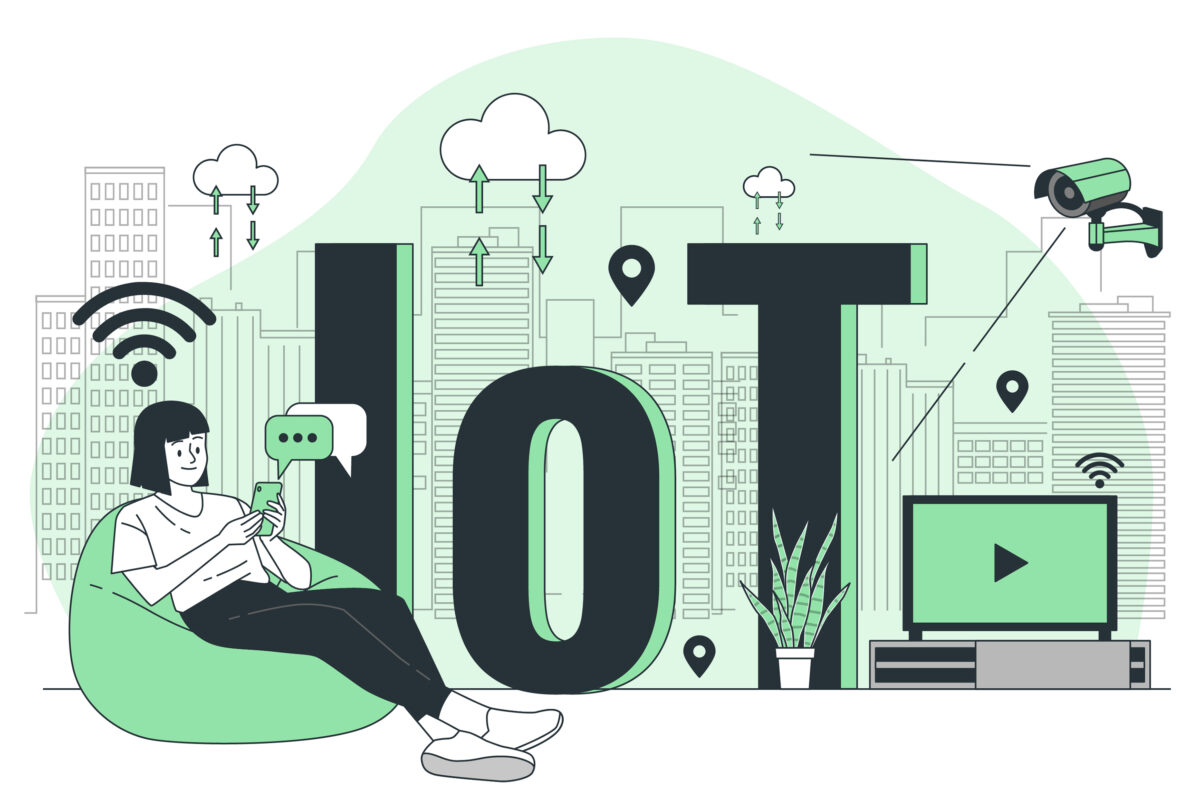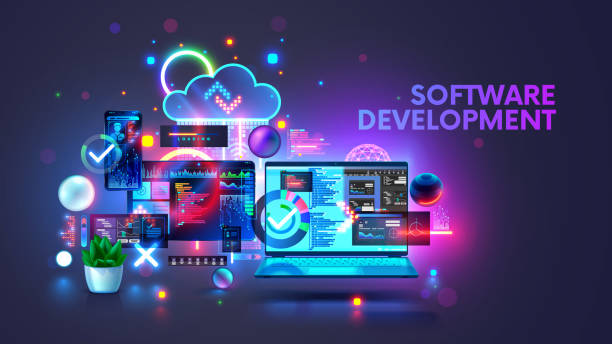The Role of Global Data eSIMs in IoT and Smart Devices

IoT and smart devices are revolutionising industries, homes, and businesses all over the world. Nevertheless, seamless connectivity remains one of the biggest obstacles in their broader adaptation. Old-fashioned SIM cards that rely on swapping and physical limitations by regions prove to be ineffective in today’s increasingly globalised world. Here comes in the global data eSIM that is borderless, flexible, and reliable when connecting IoT and smart devices from around the globe.
What is the Global Data eSIM?
A global data eSIM is actually an embedded SIM that allows devices to connect to various networks without having to switch a physical SIM card. Unlike traditional SIMs, which are only tied to one network provider, an eSIM can store multiple operator profiles. Thus, it can easily switch between different networks based on availability, cost, or performance.
For IoT applications, this means devices can stay perpetually connected from a moving car, in distant locations, or across borders and countries.
Why eSIMs Are Revolutionising IoT and Intelligent Devices
- Seamless global connectivity
One of the biggest challenges for IoT deployments is network availability. Fleet tracking systems, agricultural sensors, and smart meters need always to be connected no matter where they are placed. A global eSIM means these devices can automatically switch from one network to the best signal strength within range to eliminate connectivity blackspots.
- Remote SIM Provisioning and Management
For example, if businesses change their network providers or extend into other geographies, traditional SIMs would require businesses to manually replace SIM cards. Using eSIM technology, remote provisioning allows for updates, activation, or change of networks without the need for physical intervention, reducing downtime and enhancing the efficiency of large-scale IoT deployments.
- Cost Savings and Operational Efficiency
eSIMs help optimise data costs by allowing devices to connect to the most cost-effective network available. Businesses no longer need multiple contracts with different mobile network operators in each country, reducing roaming charges and administrative complexity.
- Enhanced Security for IoT Devices
IoT devices, particularly in industries such as healthcare, finance, and transportation, handle sensitive data. eSIMs provide enhanced security features, including encryption, authentication, and tamper-proof storage, making them more secure than traditional SIMs.
- Simplified Manufacturing and Deployment
For manufacturers, integrating an embedded SIM into a device simplifies production by eliminating the need for physical SIM slots. This results in:
- Smaller form factors for wearable tech and compact IoT sensors.
- Higher ruggedness since eSIMs are soldered into the device, hence dust, water, and physical damage resistant.
- Faster deployment since a single eSIM solution can work across multiple regions without logistical delays.
Key Use Cases of Global eSIMs in IoT
- Smart Cities and Infrastructure
From intelligent traffic lights and parking sensors to environmental monitoring systems, IoT applications in urban infrastructure need constant and reliable connectivity. eSIMs ensure that such devices work without relying on a single network provider.
- Connected Vehicles and Fleet Management
Logistics companies use eSIM-enabled GPS trackers and telematics systems to monitor vehicles across multiple countries. eSIMs allow for real-time tracking, predictive maintenance, and seamless cross-border connectivity without the need to swap SIMs.
- Wearables and Consumer Electronics
eSIMs are of advantage to smartwatches, fitness trackers, and health monitoring devices, providing constant connectivity that does not rely on the connected smartphones. This increases their usefulness for international travelers.
- Industrial IoT and Smart Factories
Industrial users make use of IoT-based equipment and sensors to ensure predictive maintenance, process automation, and supply chain tracking. With a global eSIM, it is guaranteed that the device remains connected, irrespective of where a factory or warehouse is located.
- Agriculture and Remote Monitoring
Farmers adopt IoT devices in remote areas of soil sensors, weather stations, and livestock trackers where network cover is inconsistent. eSIM will automatically connect with the strongest network available to farmers, enhancing the collection of data and making good decisions in precision agriculture.
Challenge and Consideration
Even with the benefits above, business users should consider that:
- Network Compatibility: Not all mobile network operators support eSIM technology yet, so choosing a provider with wide global coverage is important.
- Data Security: IoT devices remain vulnerable to cyber threats. Businesses must ensure that eSIM deployments include end-to-end encryption and secure authentication protocols.
- Initial Setup Costs: Although eSIMs reduce long-term operational costs, the initial investment in infrastructure and device compatibility can be a hurdle for some organisations.
Conclusion: Future-Proof Solution for IoT
Global data eSIM adoption is gaining pace as businesses, manufacturers, and industries come to realise their potential to simplify operations, reduce costs, and enhance connectivity. As IoT and smart devices become more sophisticated, the need for flexible, scalable, and secure connectivity will only grow.
By eliminating reliance on traditional SIM cards, global eSIM technology is paving the way for a truly interconnected world, enabling IoT solutions to function seamlessly across borders, industries, and applications.
If your business is exploring IoT solutions, eSIM technology is the key to unlocking next-generation connectivity.








